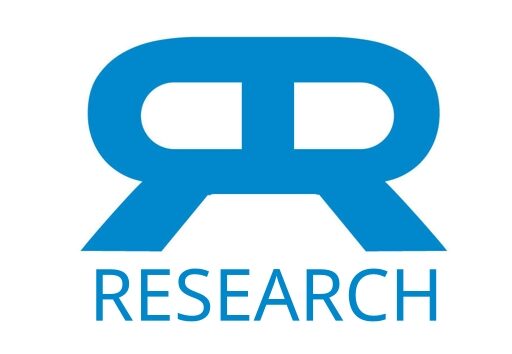To assess the efficacy of electromyographic biofeedback, relaxation-response training and pain behavior management as a treatment for pediatric migraine, we studied 18 children between the ages of eight and 12 years (mean = 10 X 1) in a prospective, randomized, controlled investigation. Six patients received all three treatment procedures, six received relaxation-response training and pain behavior management, and the remaining six constituted a waiting-list control group. All patients kept a record of their headaches for the 15-week study period and then for four weeks one year later. Following four weeks of baseline, the treatment groups completed nine one-hour treatment sessions in 11 weeks. Both treatment groups experienced a significant reduction in headache symptoms and were significantly improved compared to the waiting-list control group by the end of treatment. The treatment groups did not differ from each other in any of these comparisons. The reduction in headache symptoms in the treatment groups was maintained one year after treatment ended. These results suggest that relaxation-response training, with or without biofeedback training, combined with pain behavior management, is an effective alternative treatment for pediatric migraine.
Biofeedback and relaxation-response training in the treatment of pediatric migraine
Publication
Developmental Medicine and Child Neurology
28(2):139-46
Abstract
Web and Email Links
Related Listings
Journal
Psychotherapy and Psychosomatics
The effect of a 10-week meditation program on 20 patients who were undergoing long-term individual explorative psychotherapy was studied. Change in the psychological well-being of the patients and the impact of the program on the process of their psychotherapy was evaluated. Results obtained from the patients’ self-ratings and the therapists’ objective ratings demonstrated a significant and substantial improvement in most measures of psychological well-being.
Journal
Journal of Human Stress
Human pupillary dilatation after topical instillation of phenylephrine was assessed in a prospective, randomized, controlled experiment to measure alterations in α-end-organ responsivity after regular elicitation of the relaxation response. Baseline pupillometric measurements were taken in both experimental and control subjects. The experimental subjects then practiced daily a technique that elicited the relaxation response while the control subjects sat quietly for comparable periods […]
Journal
Scientific American
A very readable introduction to the scientific findings in neurology about primarily Buddhist forms of meditation.
